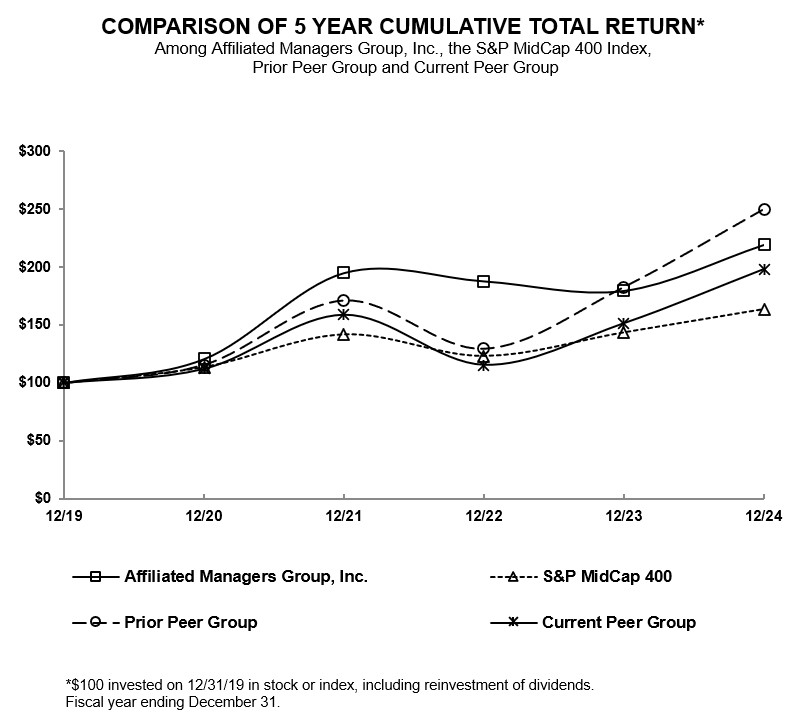In addition, our and our Affiliates’ businesses and the markets in which we and our Affiliates operate are continuously
evolving. For example, the use of AI technologies by us, our Affiliates, or our respective third-party service providers could
result in new and expanded risks, particularly as the use of AI applications increases in prevalence and scope. Failure by us to
effectively manage the development and use of AI, our competitors’ development or use of AI, and an evolving AI regulatory
environment could have an adverse effect on our growth prospects, reputation, or business and results of operations. If our or
our Affiliates’ risk frameworks are ineffective, either because of a failure to keep pace with changes in the financial markets,
technological advancements, or regulatory requirements, our or our Affiliates’ businesses, counterparties, clients, or respective
third-party service providers, or for other reasons, we or our Affiliates could incur losses, suffer reputational damage, or be out
of compliance with applicable regulatory or contractual mandates or expectations.
Failure to maintain and properly safeguard an adequate technology infrastructure may limit our or our Affiliates’ growth,
result in losses or disrupt our or our Affiliates’ businesses.
Our and our Affiliates’ businesses are reliant upon financial, accounting, and technology systems and networks to process,
transmit, and store information, including sensitive client and proprietary information, and to conduct many business activities
and transactions with clients, advisers, regulators, vendors, and other third parties. The failure to implement, maintain, and
safeguard an infrastructure commensurate with the size and scope of our and our Affiliates’ businesses could impede
productivity and growth, which could adversely impact our financial condition and results of operations. Further, we and our
Affiliates rely on third parties for certain aspects of our respective businesses, including financial intermediaries, providers of
technology infrastructure, and other service providers such as broker-dealers, custodians, administrators and other agents, as
well as accounting, legal, and other professional advisors, and these parties are susceptible to similar risks.
Our computer systems, software, internal and cloud-based networks, and mobile devices are vulnerable to cyber-attacks,
data privacy or security breaches, phishing schemes and related fraud attempts, ransomware, social engineering, unauthorized
access, theft, misuse, computer viruses, or other malicious code and other events that could have a security impact. Any such
cyber-attacks could have a material impact on our financial conditions or results of operations. Further, third parties on whom
we and our Affiliates rely, including those providing cloud-based network services, may have similar vulnerabilities and may
lack the necessary infrastructure or resources, or may otherwise fail, to adequately protect against or respond to any cyber-
attacks, data breaches, or other incidents. If any such events occur, it could jeopardize confidential, proprietary, or other
sensitive information of ours, our Affiliates and our respective clients, employees or counterparties that may be stored in, or
transmitted through, internal or third-party computer systems, networks, and mobile devices, or could otherwise cause
interruptions or malfunctions in our and our Affiliates’ operations or those of our respective clients or counterparties, or in the
operations of third parties on whom we and our Affiliates rely. The advancement of AI has given rise to additional
vulnerabilities and potential entry points for cyber threats, providing threat actors with additional tools to automate attacks,
evade detection, generate sophisticated phishing emails, or impersonate legitimate businesses or individuals. Despite efforts to
ensure the integrity of systems and networks, it is possible that we, our Affiliates, or our respective third-party service providers
may not be able to anticipate or to implement effective preventive measures against all threats, especially because the
techniques used change frequently and can originate from a wide variety of sources. Further, human errors may occur from
time to time at our third-party service providers’ staff or among our or our Affiliates’ employees, which can lead to or
exacerbate security vulnerabilities or attacks. The increasing frequency, scope, and sophistication of these cyber threats, and
involvement of large criminal organizations that share tactics and strategies, including in foreign jurisdictions in which we and
our Affiliates operate, along with the continued reliance on work-from-home environments, personal mobile and computing
technologies, and third-party web conferencing services, have increased exposures to these security-related risks. As a result,
we or our Affiliates could experience disruption, significant losses, increased costs, reputational harm, regulatory actions, or
legal liability, any of which could have an adverse effect on our financial condition and results of operations. We or our
Affiliates may be required to spend significant additional resources to modify protective measures or to investigate and
remediate vulnerabilities or other exposures, and may be subject to litigation, regulatory investigations, and potential fines, and
financial losses that are either not insured against fully or not fully covered through any insurance that we or our Affiliates
maintain. Additionally, given our business model of providing our Affiliates with autonomy in managing their businesses, we
do not control, and may have limited involvement in, the design, oversight, and maintenance of their technology systems and
networks, as well as in the identification of or response to any cyber-attacks, data breaches, or other incidents. See
“Cybersecurity” in Item 1C.
Further, government and regulatory oversight of data privacy in particular has become a priority for regulators around the
world, including as examples, through the EU’s General Data Protection Regulation and the California Privacy Rights Act,
resulting in heightened data security and handling requirements, increased enforcement risk and fines, increased compliance
costs, and expanded incident response and reporting obligations. More recently, the SEC has implemented new rules related to

